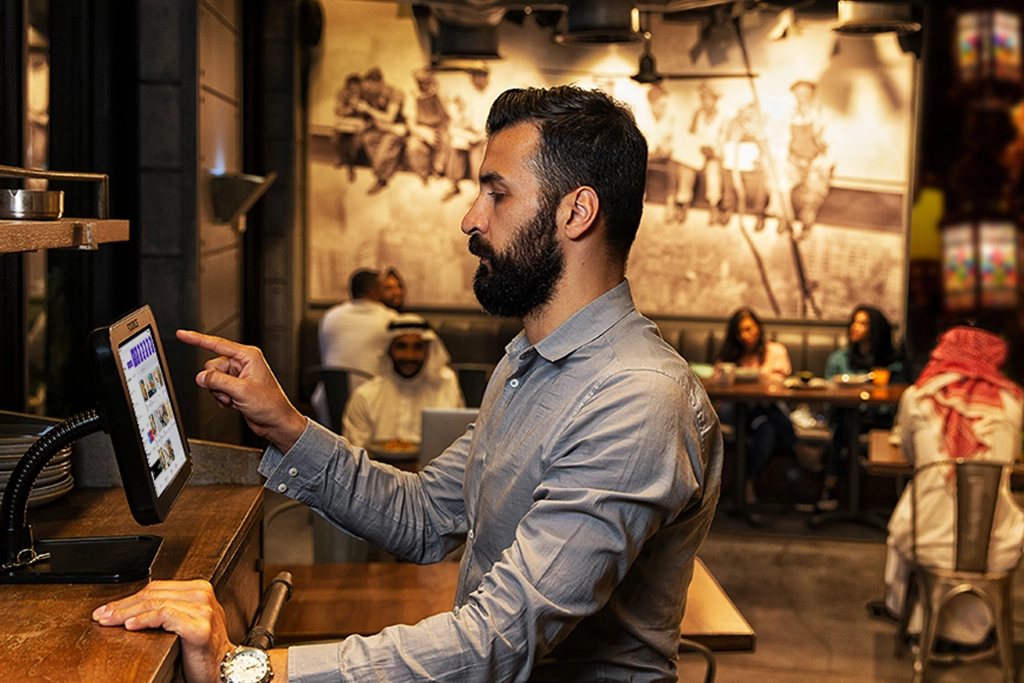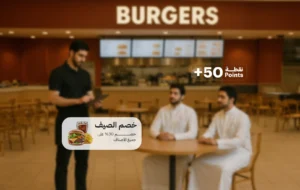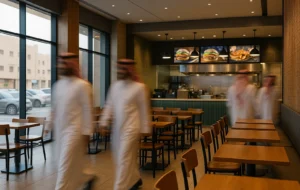During the holy month of Ramadan, restaurants experience a surge in demand as people break their fast and gather to share meals with friends and family. This presents a unique opportunity for restaurant owners to increase their revenue and profitability, but also requires careful financial management to ensure success.
In this article, we go through fundamental restaurant financial management tips during Ramadan including cash flow management, budgeting, forecasting, inventory management, pricing strategies, and more!
Cash Flow Management
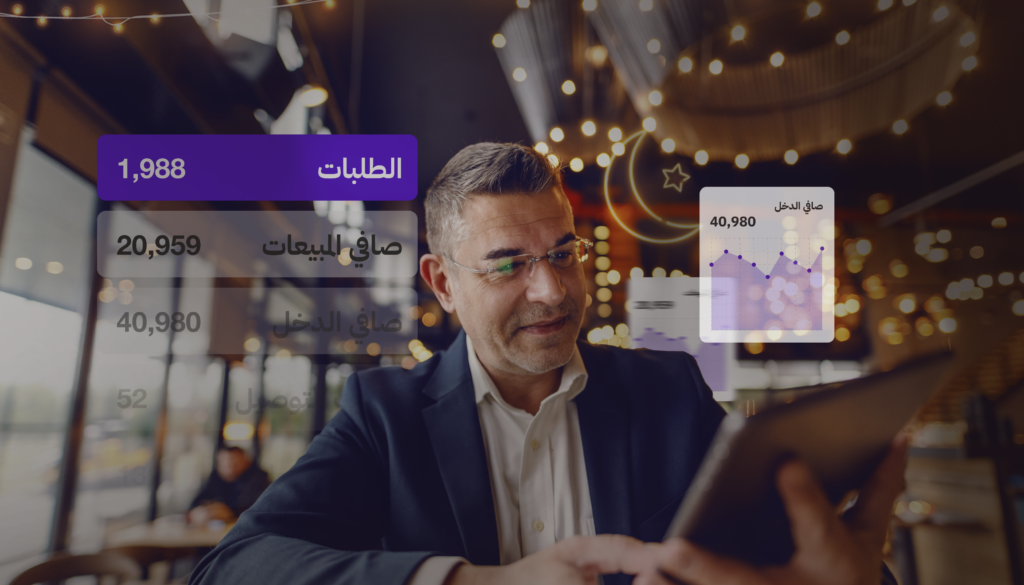
Managing your cash flow is simple; it’s a two-step process:
1- Develop a budgeting system
Budgeting is a crucial process for estimating the income and expenses of a restaurant for a specific period (monthly, quarterly, yearly…). It ensures you have the resources to execute initiatives and reach goals. You need to adjust your budgeting for Ramadan and other festive seasons since expenses and income are higher in these periods. After subtracting expenses from total revenue, you can allocate the remaining balance for new projects and goals. You can use your budgeting system to analyze your restaurant’s performance over an extended period and see how well you predicted your spending.
2- Monitor daily sales and expenses
Invest in a good POS solution that will help you keep a record of all expense receipts, payments, and sales revenue. These expenses include rent, utilities, payroll, food, and supplies. Ensure you update the spreadsheet daily or weekly to stay on top of your tracking game.
Forecasting Revenue
Forecasting revenue plays a big role in managing your finances. Using Data and analytics tools, observing economic trends and industry benchmarks can help you form a clear idea on your current and future financial status.
1- Use data and analytics tools
Gain insight into your restaurant’s performance, trends, and customers spending patterns through data and analytics tools. This can help you identify seasonal fluctuations in sales and determine whether your promotions and specials have been successful in driving more sales or not. Moreover, refer to last year’s Ramadan data so you can find ways to improve performance and increase revenue.
One tool that has proven to be very efficient in data analytics and reporting is Business Intelligence (BI). Foodics BI helps you analyze historical data and make predictions and informed decisions to optimize restaurant financial management.
2- Economic trends:
Economic downturns can impact sales significantly. So Keeping an eye on economic trends in your region is crucial. Inflation is spreading like a virus these days and you should be prepared for any change in customer spending habits. This will enable you to adjust your forecasting accordingly and take measures to lower costs as much as possible.
3- Industry benchmarks:
Compare your restaurant’s performance against others in your region using the restaurant industry benchmarks. Customer satisfaction, table turnover rate, profit margin, and ROI are some of the benchmarks to keep an eye on. This step will help you form expectations in terms of revenue and identify areas where you may be underperforming.
Optimizing Profitability
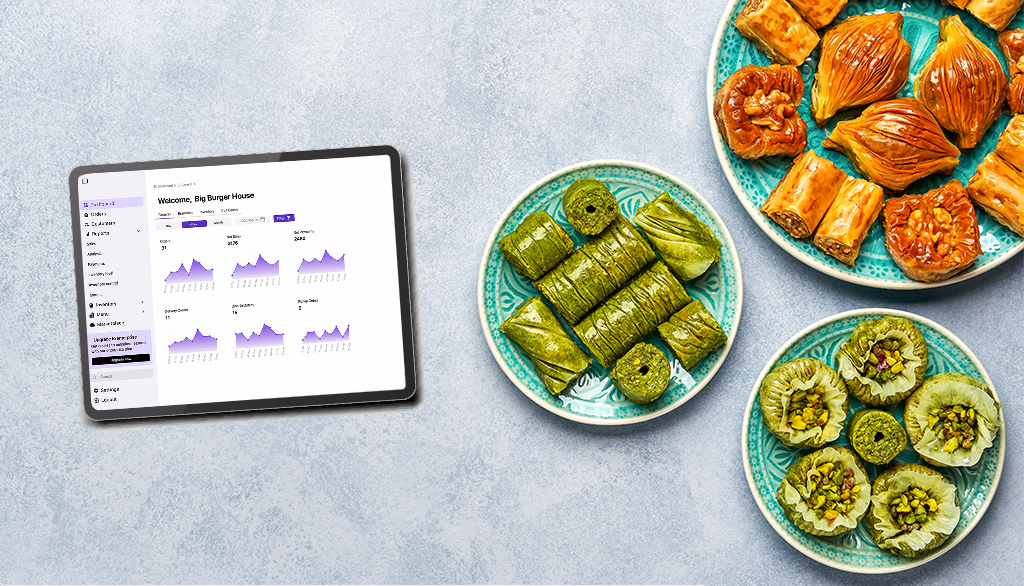
Optimizing profitability can be achieved by cutting down on expenses and adopting well-thought-out menu pricing strategies.
1- Cost control measures
To reach break-even and make profits, increasing your revenue is one way, the other is decreasing your expenses. Here are a few tips that will help you manage your restaurant finances.
Monitor your inventory: Be consistent and vigilant when tracking your inventory. You should avoid overstocking or running out of ingredients at all costs. Our All-In-One POS Solution includes a restaurant inventory system that helps you track inventory levels and reduce waste (see 11 solutions for Reducing Food Waste In Restaurants). Keeping track of your inventory levels and adjusting your orders according to your needs is necessary for cost control.
Train staff on cost-reduction practices: Proper food handling, portion control, and waste reduction should be included in your staff training program. Ensure that your staff is well educated on proper storage procedures and encourage them to practice diligence when preparing and serving food. This step can go a long way in cutting costs and reducing waste.
Reduce utility bills: Monitor your energy and water usage and look for ways to reduce your utility bills. Use energy-efficient equipment and consider installing water-saving devices in your kitchen and bathrooms. Investing in a solar system for example can offset 75% of a business’s electricity usage according to the National Renewable Energy Laboratory (NREL). As for water-saving utilities, you can opt for low-flow faucets in the kitchen and bathroom, aerators on all faucets, pre-rinse spray valves, Dual flush toilets, and water-efficient ice machines.
Keep the labor costs under control: By keeping labor costs under control, we don’t mean unfair wages but rather fair wages for just the right number of employees. By overstaffing your restaurant, you increase costs, lower productivity, and cut the tips of your hard-working employees. It is also worth noting that adopting a proper system of shift management is a must. Managing shifts poorly can lead to unnecessary overtime costs or understaffing during holidays and rush hours, especially during Iftar.
2- Menu Pricing strategies
There are several menu pricing strategies that restaurants can use to optimize profitability. The most effective pricing strategy will depend on the specific needs and goals of the restaurant. Experimenting with different strategies and analyzing their impact on profitability can help restaurants find the best approach.
Here are some common strategies for successful restaurant financial management:
Psychological Pricing: This strategy is all about using pricing techniques to influence customer behavior. For example, pricing an item at $9.99 instead of $10 can make it seem like a better value to customers. Another impactful restaurant pricing strategy is not placing a currency sign next to your prices. When customers see a currency sign, they are subconsciously reminded that there are spending money. A currency sign is a subconscious reminder for customers that they are spending money. The International Journal of Hospitality Management found that customers spend around 8.15% less when they see a currency sign on the menu.
Menu Engineering: This strategy is based on analyzing the profitability of each menu item and adjusting prices accordingly. In Ramadan, certain foods are in high demand and therefore generate more profit. By identifying which items are the most profitable and which items are not, a restaurant can adjust prices to maximize profitability.
Value-Based Pricing: This strategy involves determining the perceived value of a menu item to the customer, and then pricing it accordingly. For example, a high-end restaurant may charge more for a gourmet dish than a fast-food restaurant would charge for a burger.
Bundle Pricing: This strategy is very important during Ramadan as it involves offering menu items as part of a bundle or package at a discounted price. This makes it easier for customers to order for big gatherings during Iftar and can also encourage them to order more items which will increase profitability.
In conclusion, effective business financial management is essential for restaurants to succeed during Ramadan. By carefully planning and managing their finances, restaurant owners can take advantage of the increased demand and boost their profitability during this important month.
